
By: Alberto Napolitano
The organized public accountant’s profession in Mexico, formed by the Instituto Mexicano de Contadores Públicos (Mexican Institute of Public Accountants or IMCP as per initials in Spanish) reported the decision to incorporate as of 2012, the International Auditing Standards such as the standards that will regulate the financial information auditing works, of assurance and other related services, provided by independent public accountants in substitution of the current standards issued by the Comisión de Normas y Procedimientos de Auditoría (Auditing Standards and Procedures Commission or CONPA as per initials in Spanish) of the Institute.
In view of this communication there is a concern about knowing if the adoption of these standards will generate a significant change in the professional practice and the audit work performed, especially if you compare them with the standards issued by CONPA throughout time and that at present are the current point of reference to perform the work entrusted to independent public accountants. Consequently, it seems prudent to attempt some notations and accuracies on the International Auditing Standards (IAS) issued by the International Auditing and Assurance Standards Board (IAASB), as a branch of the International Federation of Accountants (IFAC) of which the IMCP is one of the founding members.
In accordance with the preface of the international statements, the IAASB is committed to develop the standards that will be universally applied as a response to the interest of the public in general and of the accountant’s profession in the world regarding legislations or specific regulations of each country that rule the audit or assurance works, which are exclusive work to be performed by independent public accountants. In turn, the above mentioned preface states that if these laws or local regulations are in conflict with the IAS, it is understood that the work made in accordance with local rules will not comply with the IAASB. Therefore, no public accountant should say that his or her work was done in accordance with the IAS if those rules were not fully applied to the corresponding work.
The IAS’s content is structured by topics and documents, starting with (a) the structure of the standards; (b) a preface on international quality control, audit, revision and other assurance works’ standards and related services, and also a glossary of terms. In turn it has the following:
- International quality control standards
- International framework of reference for works to be certified
Afterwards, to incorporate the audits and financial information revision standards divided into:
- General principles and responsibilities
- Evaluation of risk and response to the risks assessed
- Audit evidence
- Use of the work of others
- Conclusions and auditor’s opinion
- Specialized areas
- International statements of audit practices (punctual procedures and the auditor’s communications))
- International standards for revision works (that include provisional financial information)
Of course, each one of the previous titles includes a series of rules or specific standards pursuant to provisions in those Titles. On the other hand, the content of the IAS also includes standards for:
- Works to verify other than audit or financial information revisions
- Related services (procedures agreed upon and gathering of information)
- Documents to be discussed and
- Studies
Through the content previously described, it can be understood that the IAS respond to a ruling other than the Auditing Standards and Procedures and Assurance (NAGA, as per initials in Spanish) issued by CONPA, and which the Mexican public accountants have used to support their assurance works, so that the user may feel confident of their opinion. The idea is not to make an analysis of the differences between the two sets of standards. However, it is possible to anticipate that the content of the NAGAs is not significantly different from the IAS and that if there are differences, they shall not be deemed to be significant, at least on its fundamental aspects.
It is interesting to point out that the IAS refer to assurance works in their framework of reference, when they mention that these are Works in which public accountants express a conclusion to increase the degree of trust of the assumed users, other than the party responsible for the result or measure of a significant issue (this is to be understood as information, a statement or a representation or measurement of an entity incorporated to the financial information, a process, specific criteria, contractual clauses, etc.); that is, that financial statements audit is included in the concept of “assurance work”. However, Mexican standards have a structure that segregate the audit work from other assurance work, when internationally although they are identified as different work, the assurance work includes all the public accountants work on which he gives a conclusion to make the user feel confident of the “main issue” (financial statements, assertions, amongst other) as a result of the work accountants perform within the applicable standards.
Another difference stems for the IAS structure with regard to the Mexican standards, it is the standard on quality control for firms that make audits and historical information reviews and other assurance works, that is seen in the initial chapter in these standards, as a topic that covers all the other professional standards and in accordance with the public accountants’ work. In the Mexican standards quality control of the work done by accounting firms, it is included in those related to the execution of the financial statements audit work. Again, both sets of standards relate to quality control, but a different weight is given to them when included in the structure of these standards. Under these considerations, one can see that in the IASs the works’ technical standards are preferred to assure the public accountant’s work in the ethical principles contained, first, in the Code of Ethics (in this case issued by IFAC) and second, in the International Quality Control Standards, that in its conception gathers several ethical requirements addressed to set policies and procedures designed to provide a reasonable security that the firm (accountants’ firm) and its personnel comply with the most relevant ethical principles.
Ethical requirements are included in the Code of Ethics issued by IFAC, and they include the fundamental principles related to:
- Integrity
- Objectivity
- Professional competence and due care
- Confidentiality
- Professional conductl
It is more a conceptual approach of independence in assurance work.
In turn, the International Quality Control Standard states that the Quality Control System of a public accountant’s firm should include the policies and procedures related to:
- Responsibilities of the firm’s quality control heads
- Ethic requirements
- Acceptance and continuity of relationship with clients and specific works
- Human resources
- Work performance
- Monitoring
Conceptually it can be concluded that the NAGAs that set the stage at present and guide the public accountant’s professional conduct in Mexico, jointly with the Code of Ethics also issued by the IMCP, are not significantly different from international standards, especially regarding the ethical principles and the quality control that should be established by public accountants in their assurance work when considering, again, that the technical standards are not significantly different, and therefore the adoption of the IAS by Mexican public accountants will not derive in inconvenient or significant changes in their professional activity, or even additional costs, as the case may be, provided the firms have set their standards in accordance with the NAGAs in effect.?
Más artículos relacionados:

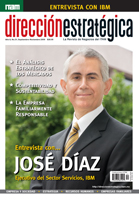
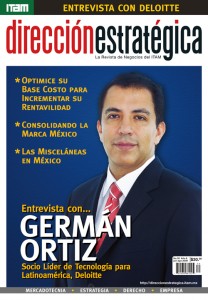
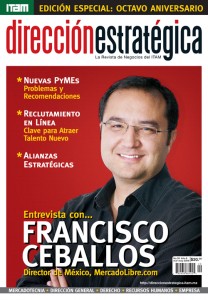
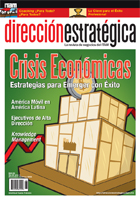
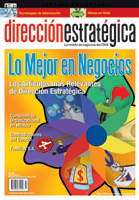
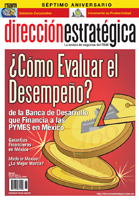
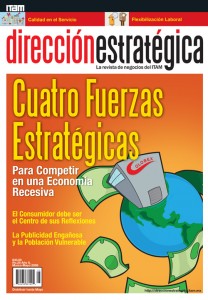
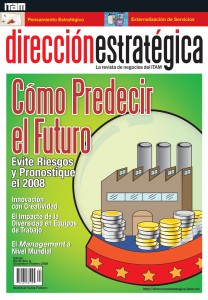
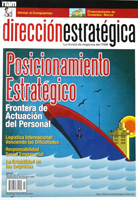
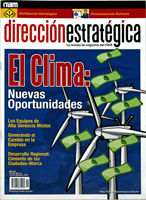
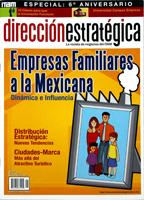

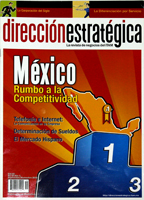
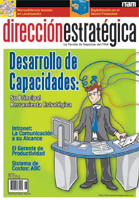
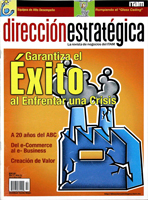
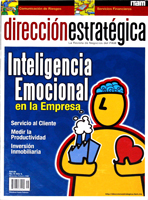
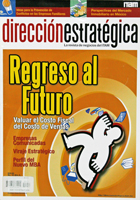
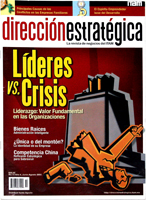
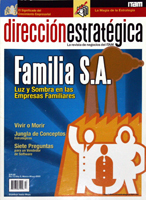
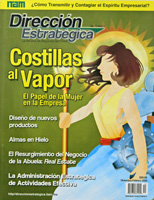
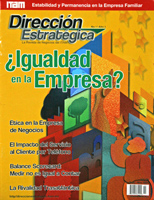


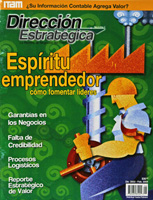
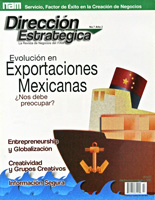
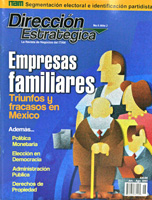
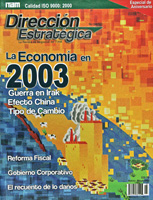
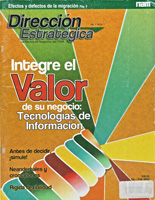

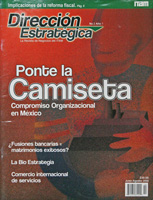
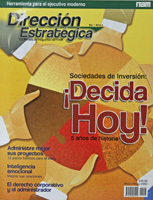
One Comment
Las Normas internacionales de auditoría y atestiguamiento, en mi concepto son un compendio de aspectos éticos y Morales adicionados a las técnicas y procedimientos de auditoría, su base y fundamento, ciertamente deben ser los aspectos éticos con ña educación basada en la moral.